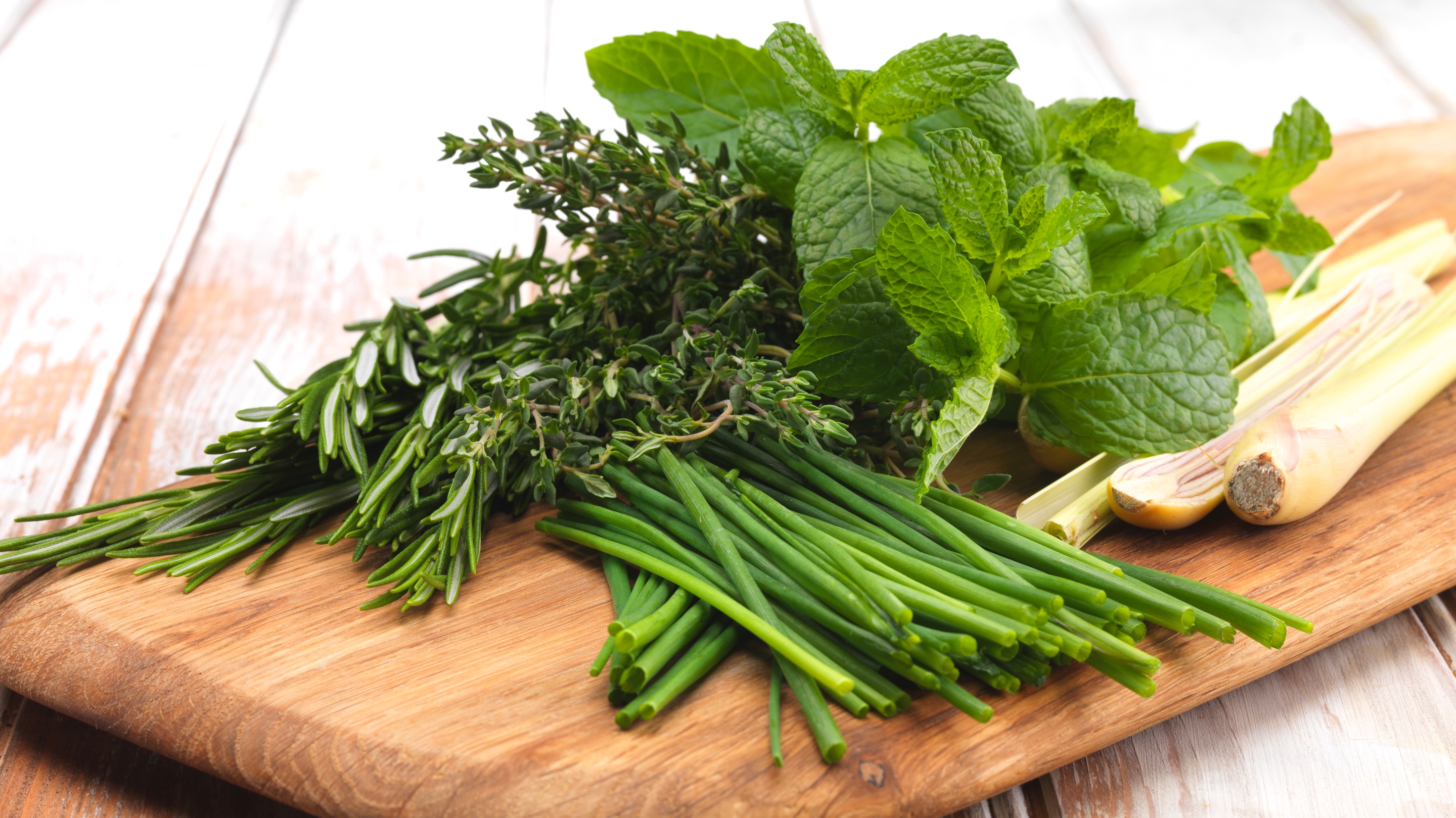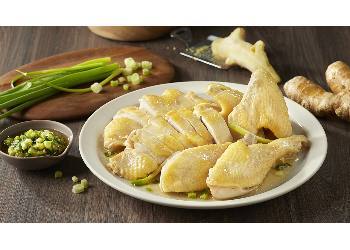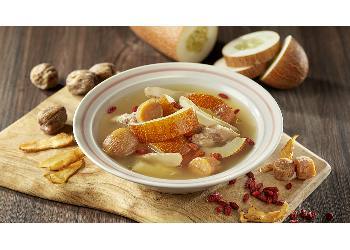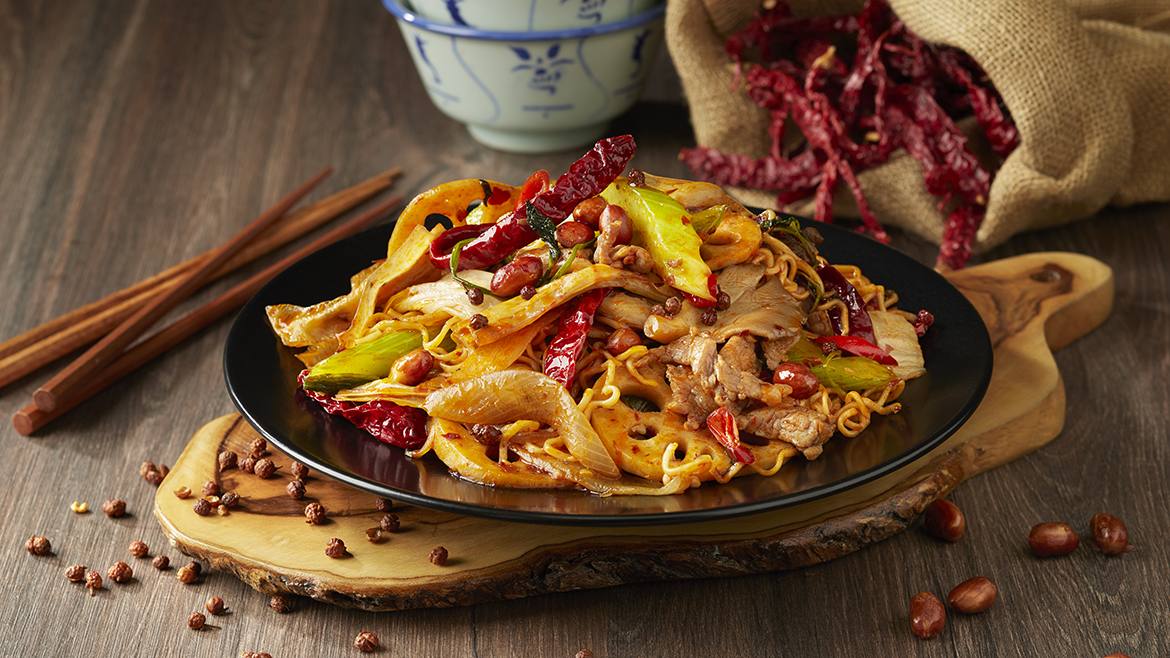Skip to:
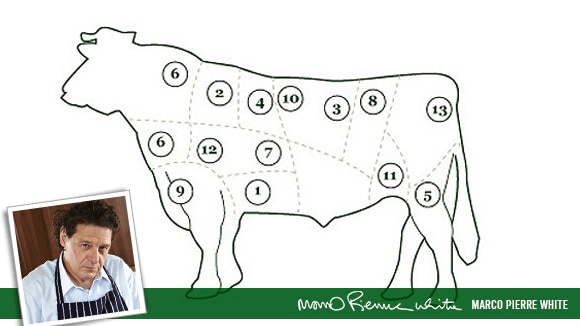
Fillet, rib, neck, brisket – what to cook and how to cook it
The parts of the cow are all different and are suited to different styles of cooking. This makes beef a very versatile meat, and it’s key to the success of the dish that you know which cuts are best, and how to cook them. The best cuts of beef for slow cooking are:
- Brisket, on the bone and rolled brisket: this requires moist, slow heat – for example stewing, braising, curing and pot-roasting work really well.
- Chuck, braising and stewing steak top shoulder: moist cooking, slow roasting and responds well to marinating.
- Leg, nap: slow, moist cooking and slow roasting methods.
- Neck, clod: this is flavoursome and collagen rich. Stewing, casseroling and braising are best for this part.
- Shin, neck or lyre (from the front leg, cheaper cut): this is ideal for slow cooking in stews and casseroles.
- Thick flank and thin flank (these are lean, muscular and full of flavour): braising, casseroling and stewing.
- Thick rib: braising, casseroling and stewing.
For quick cooking:
- Fillet, fillet mignon, tournedos and Châteaubriand steaks (the most tender muscle meat): pan-frying, grilling and roasting.
- Fore rib (the tender rib meat): roasting, sauteing, pan-frying and grilling.
- Rib steak, thin rib: roasting, grilling and frying.
- Rump steak, Pope’s Eye: grilling, pan-frying, barbecuing and roasting.
- Sirloin, entrecôte, T-bone and Porterhouse steaks: sauteing, pan-frying, and grilling; responds well to marinating.

